Glamour models don’t just pose for magazines-they quietly rewrite what millions of people think beauty looks like. Walk into any drugstore, scroll through social media, or flip through a beauty ad, and you’ll see the same face: flawless skin, sharp cheekbones, full lips, and a body that looks like it was carved by a digital tool. These aren’t accidents. They’re the result of decades of glamour modeling shaping the visual language of beauty.
What Glamour Models Actually Do
Glamour models aren’t fashion models. They don’t walk runways in avant-garde designs. They aren’t fitness models with six-pack abs or bikini models in swimwear ads. Glamour models focus on allure, confidence, and sensuality. Their photos are shot in soft lighting, often with dramatic makeup, styled hair, and tight-fitting clothing that highlights curves. Think Victoria’s Secret in the 2000s, Playboy centerfolds, or the kind of images you see in men’s magazines-but now, also on Instagram, TikTok, and beauty brand websites.
These models aren’t just selling a look. They’re selling an ideal. A version of beauty that’s polished, controlled, and unattainable for most. And brands notice. They copy it. They build entire product lines around it.
The Beauty Industry’s Obsession with the Glamour Look
Look at the makeup trends of the last 15 years. Contouring? Popularized by glamour models with sharp facial structure. Flawless skin? Achieved through heavy retouching first seen in glamour shoots. The ‘glass skin’ trend? A digital enhancement turned real-world product promise. Even lip fillers and cheek implants have surged because people want to look like the models they see every day.
Brands like Fenty Beauty, Kylie Cosmetics, and even luxury houses like Dior and MAC have built campaigns around glamour model aesthetics. They hire models with high cheekbones, plump lips, and sculpted brows-not because those features are common, but because they’re marketable. In 2023, a study by the Journal of Consumer Research found that ads featuring glamour models increased product desirability by 47% compared to ads with average-looking models.
It’s not just about looks. It’s about perception. Glamour models are seen as successful, confident, desirable. When you buy a lipstick endorsed by one, you’re not just buying color-you’re buying a piece of that image.
How Glamour Models Changed Product Development
It’s not just marketing. Glamour models directly influence what products get made.
Foundation formulas now focus on full coverage and long wear because glamour shoots demand zero shine or texture. Concealers are engineered to erase dark circles without creasing-because in glamour photography, even a hint of fatigue ruins the illusion. Mascara? It’s designed to lengthen, separate, and hold curl for hours. Why? Because glamour models need their lashes to look like they’ve been individually glued on.
Even skincare lines now target the ‘glamour skin’ ideal: poreless, dewy, and ageless. Products labeled ‘camera-ready’ or ‘red-carpet glow’ aren’t just marketing fluff. They’re responses to the visual standards set by glamour models. The rise of ‘no-makeup makeup’? That’s the industry trying to make the unreal look effortless.
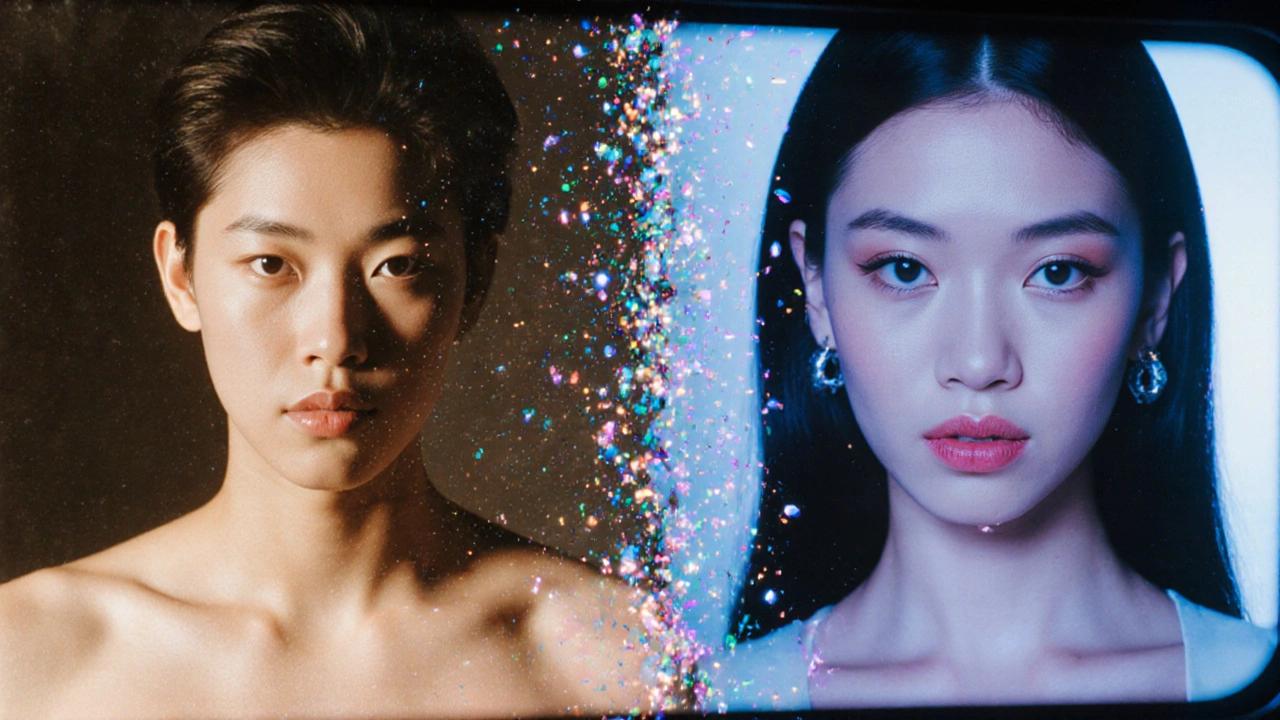
The Feedback Loop: Social Media and the New Glamour
Before Instagram, glamour models were controlled by magazines and agencies. Now, anyone with a good camera and editing skills can become one. And the standards? They’ve gotten tighter.
Platforms like TikTok and Instagram reward symmetry, extreme lighting, and exaggerated features. Filters smooth skin, widen eyes, slim noses, and plump lips in real time. Users don’t just want to look like glamour models-they want to look like filtered versions of glamour models.
As a result, beauty brands now create products that work with filters, not against them. ‘Filter-friendly’ foundations, blushes that don’t turn orange under blue light, and lip tints that mimic the glow of a Snapchat filter-all of these exist because of the new digital glamour standard.
Even dermatologists report a rise in patients asking for procedures to look like their filtered selfies. That’s not a trend. That’s a cultural shift driven by the visual dominance of glamour aesthetics.
Who Gets Left Out?
For every glamour model with a sculpted jawline and a waist-to-hip ratio of 0.7, there are millions of women who don’t fit that mold. And they’re not just excluded from ads-they’re excluded from feeling beautiful.
Studies show that constant exposure to idealized images leads to lower self-esteem, especially in teens and young women. A 2024 survey by the British Psychological Society found that 68% of women aged 16-25 felt ‘not good enough’ after scrolling through beauty content featuring glamour models.
It’s not just about body type. It’s about skin tone, facial structure, age, and even hair texture. Glamour models are overwhelmingly white, thin, young, and feature-perfect. That narrow standard pushes out diversity in every direction.
And yet, the industry resists change. Why? Because the glamour look sells. It’s profitable. And changing it means risking sales.
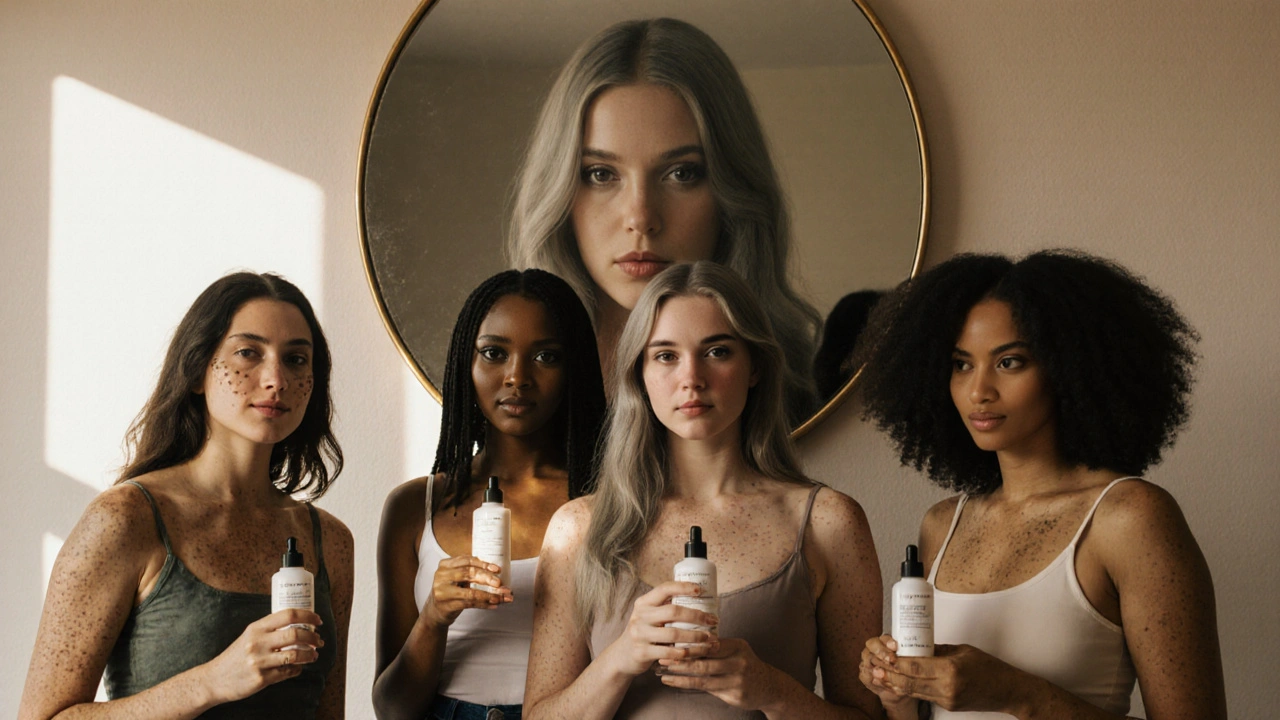
Is There a Shift Happening?
Slowly, yes.
Some brands are starting to feature models with stretch marks, vitiligo, or natural gray hair. But these are still exceptions. The core beauty ideal-flawless, youthful, hyper-feminine-remains untouched.
The real shift isn’t in the ads. It’s in the consumers. Gen Z and younger millennials are pushing back. They’re calling out retouching. They’re supporting brands that use real skin, real bodies, and real lighting. They’re buying from indie brands that don’t rely on glamour models at all.
Some beauty companies are listening. Rare Beauty, for example, built its brand on ‘no filters, no lies.’ Their campaigns feature models with acne, freckles, and uneven skin. Sales? Up 300% since 2022.
But until the glamour model image stops being the default, change will be slow. Because the industry isn’t selling beauty. It’s selling fantasy. And fantasy is easy to market.
What This Means for You
If you’re someone who looks in the mirror and sees flaws because you’re comparing yourself to a glamour model, you’re not broken. You’re just caught in a system designed to make you feel that way.
Here’s what you can do:
- Follow models who don’t use filters or retouching. They exist.
- Support brands that show real skin, real bodies, and real people.
- Ask yourself: Does this product make me feel better, or does it just make me look like someone else?
- Remember: Every glamour model you see has a team of stylists, photographers, and editors working behind the scenes. What you see is a product. Not a person.
Beauty doesn’t need to be perfect to be powerful. It just needs to be real.
Are glamour models the same as fashion models?
No. Fashion models focus on clothing and runway presentation, often with a more androgynous or tall frame. Glamour models emphasize sensuality, curves, and facial allure, typically photographed in soft lighting with heavy makeup and form-fitting attire. Their purpose is to evoke desire, not showcase design.
Why do beauty brands prefer glamour models?
Because their look aligns with a widely marketed ideal: flawless skin, high cheekbones, full lips, and a sculpted body. This aesthetic triggers emotional responses that increase product desirability. Studies show ads with glamour models boost sales by nearly 50% compared to those with average-looking models.
Do glamour models cause body image issues?
Yes, repeatedly. Research from the British Psychological Society (2024) found that 68% of young women feel inadequate after viewing beauty content featuring glamour models. The constant exposure to digitally enhanced, unrealistic standards contributes to anxiety, low self-esteem, and even eating disorders in vulnerable groups.
Is the glamour model ideal changing?
Slowly. While the mainstream still favors the traditional glamour look, younger consumers are rejecting retouched images. Brands like Rare Beauty and Fenty Beauty are gaining traction by showcasing real skin, diverse body types, and unfiltered models. But the industry as a whole still profits from the old standard, so change is uneven.
Can I still use beauty products if I don’t want to look like a glamour model?
Absolutely. Beauty products are tools, not mandates. You can use foundation to even out your skin tone without aiming for a ‘camera-ready’ look. You can wear lipstick for fun, not to match a model’s shade. The key is choosing products that serve your needs-not the industry’s fantasy.
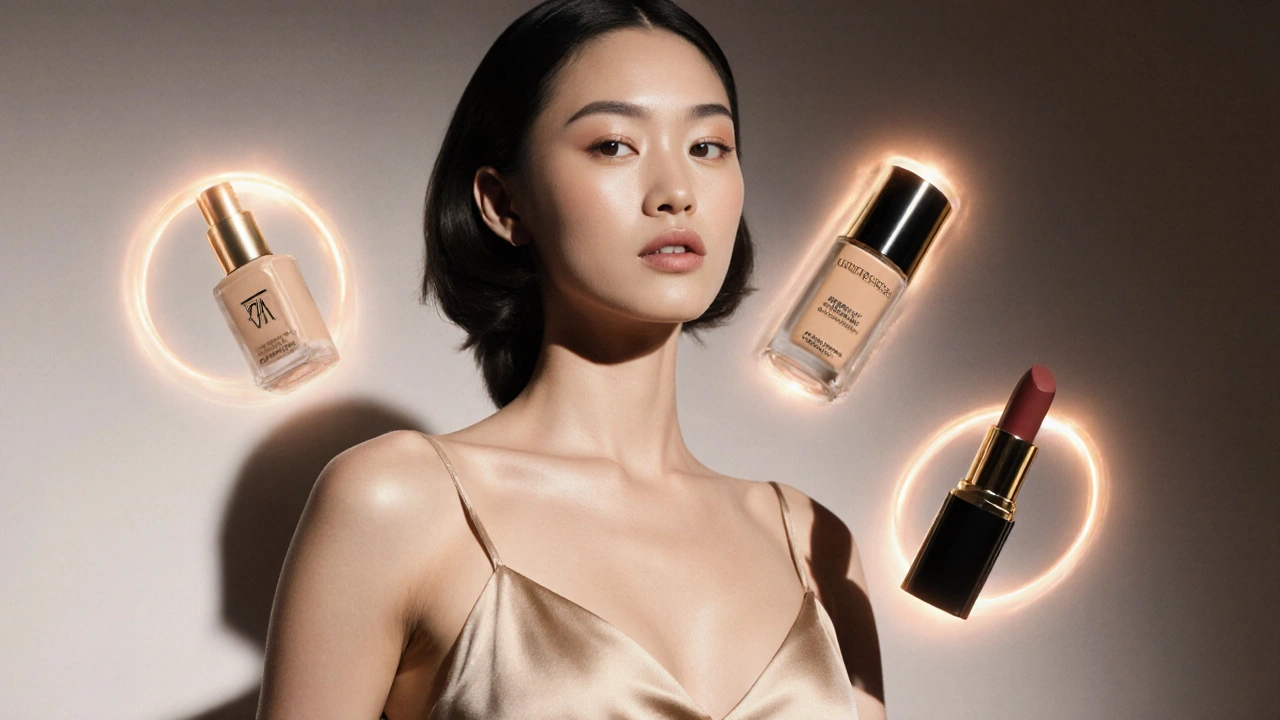

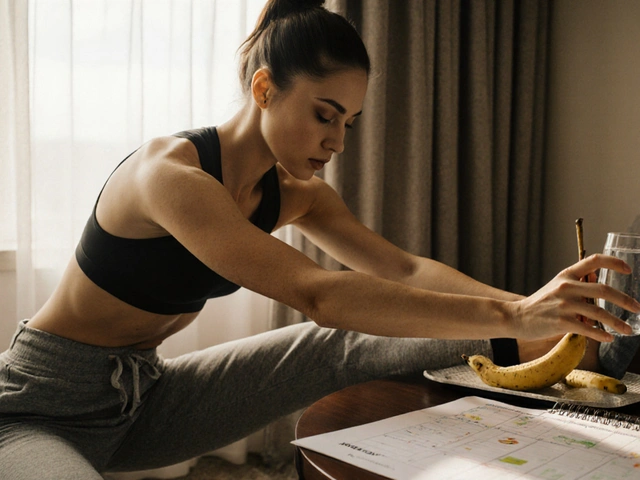
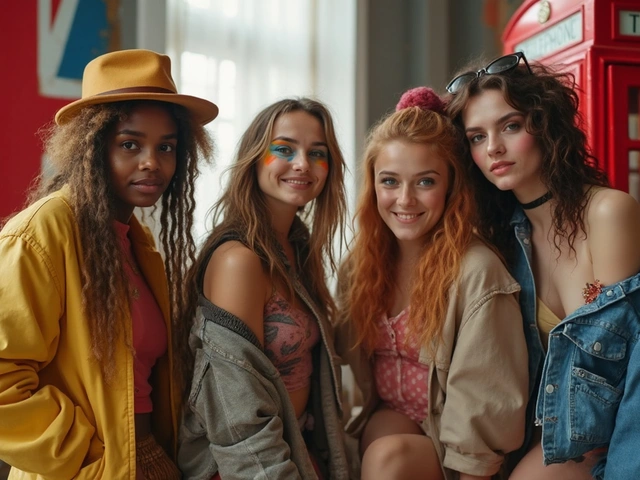
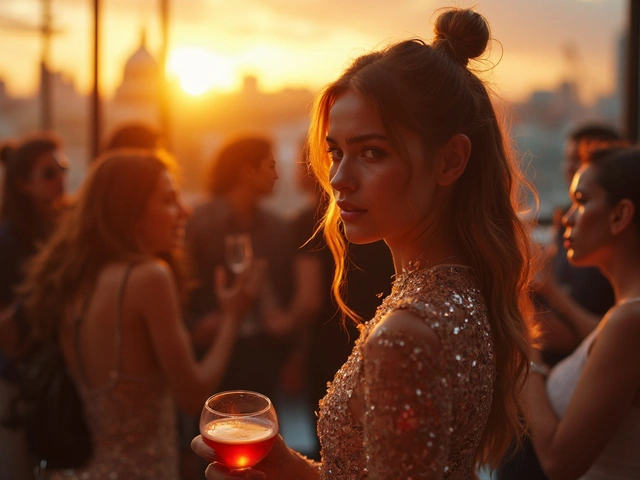
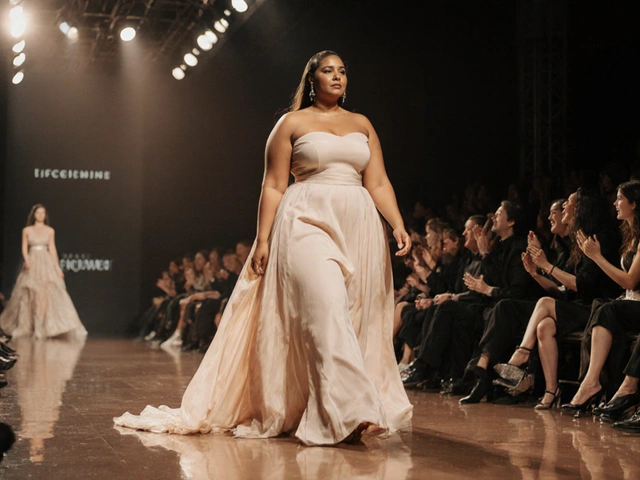
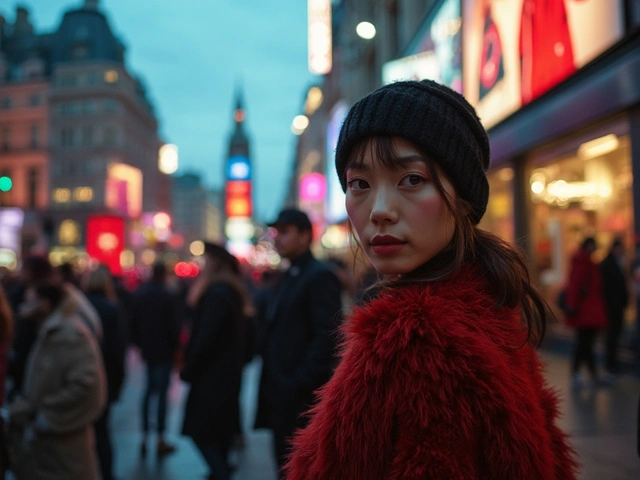
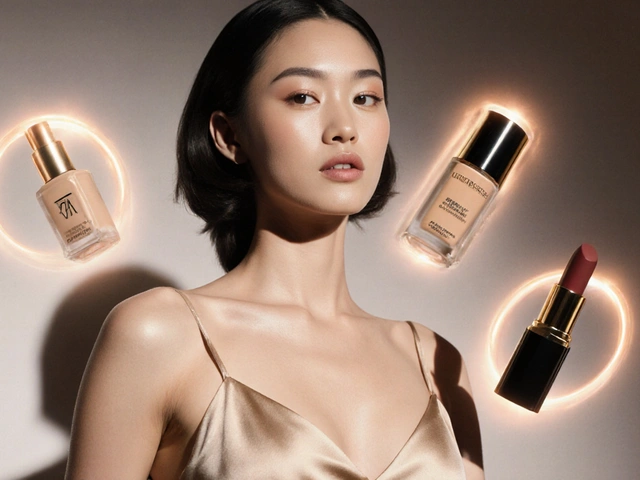

November 23, 2025 AT 05:39
samir nassif
The glamour model archetype is not merely an aesthetic choice-it is a metaphysical imposition upon the collective unconscious of modern femininity. By elevating an artificial, algorithmically optimized visage to the status of divine ideal, we have surrendered the sacredness of individuality to the altar of consumerist spectacle. This is not beauty. This is ontological erasure dressed in contour powder and silicone lips.
Every foundation marketed as 'camera-ready' is a funeral shroud for the unretouched soul. Every filter that smooths a nose into oblivion is a quiet genocide of natural variation. The industry does not sell cosmetics-it sells existential surrender.
And yet, the most tragic irony lies in the fact that those who chase this phantom ideal are, in their desperation, the very architects of their own subjugation. They do not merely consume the image-they internalize it as truth. And thus, the mirror becomes a prison.
November 24, 2025 AT 04:56
Nitin Murali
You're overlooking the economic reality. Glamour models aren't the cause-they're the symptom. The real issue is the commodification of attention economy metrics. Brands invest in these aesthetics because they're proven to maximize CTR and dwell time. It's not about beauty-it's about behavioral conditioning through visual reinforcement loops.
The 47% increase in desirability? That's not psychology. That's neuroeconomics. And until regulators treat beauty advertising like tobacco marketing, nothing changes. The models are just the delivery system.